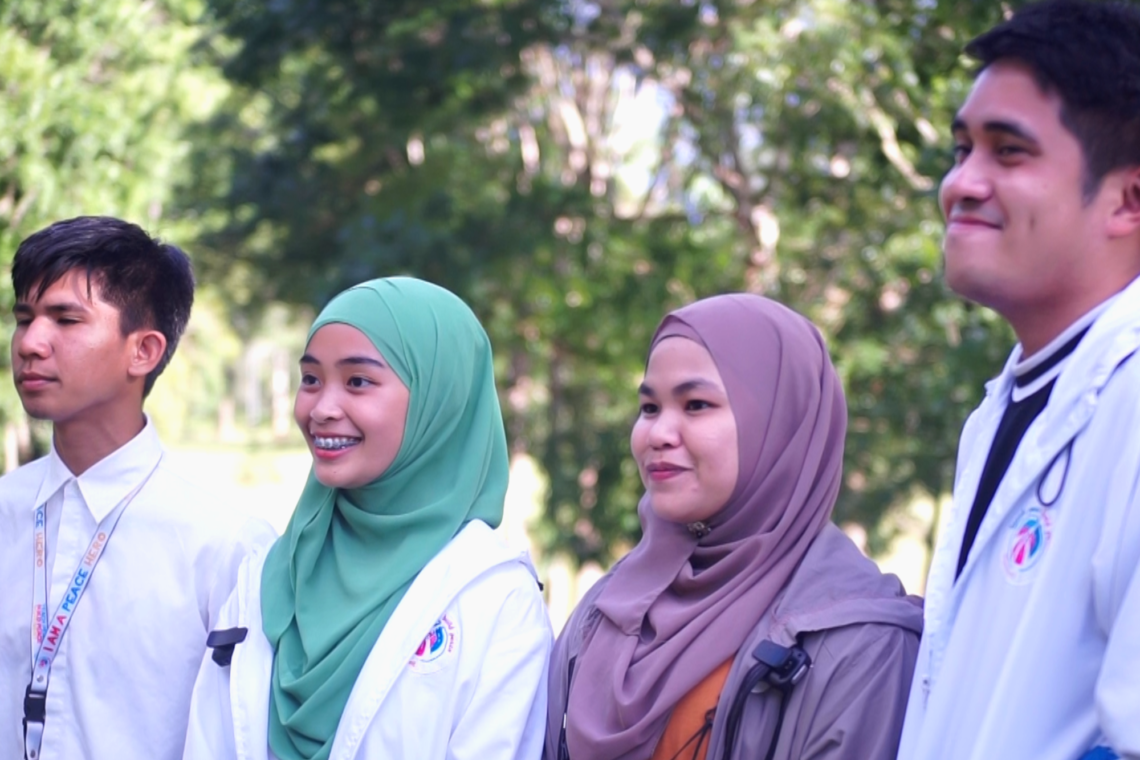While their main focus is on youth engagement on active citizenship and governance, Youth Engaged in Shakba realized the need to also be proactive in another advocacy that relates to democracy: peace.
Reflections before a peace journey
Before joining the peace journey, Youth Engaged in Shakba (YES) was implementing activities on youth leadership and democracy. They aim to produce a new generation of youth leaders who will be able to meaningfully represent their sector. Individually, the organizers of YES are yet to integrate peacebuilding into their advocacy.
One of their representatives, Sanira Bocua Gambai, shared that they are still determining where to begin in peace advocacy given that many peacebuilding efforts are already around them. Moreover, YES is a newly-founded organization, and they can still learn many things from other advocacy organizations. For Sanira, they have yet to be made aware of what meaningful contribution their organization can make.
Meanwhile, YES representatives Alaisa Mitmug Alixander, Nashrib Abol, and Salahudin Amintao Mangontra, had stories in which their skills and capacity in peacebuilding are yet to be nurtured. Citing their personal experiences, Alaisa said there were instances in which they are yet to be mindful of their thoughts, words, or actions concerning being peace champions. For Nashrib and Salahudin, they have yet to be empowered enough to convey and express themselves in front of a large group of people.
These experiences drew from their lack of awareness of other ways that peace can be included in their day-to-day interactions. Integrating peace education can strengthen and empower the relationship of young individuals with their families, community, and state entities. It affects their emotional development by promoting a culture of peace within their homes and communities and within themselves.
Having Courage to Share Your Pieces of Peace
Through Teach Peace Build Peace Movement, YES was able to learn and practice their peacebuilding skills by applying them to their work and implementing activities related to peace education.
For Salahudin, the relationships that they were able to build during the Culture of Peace and Boundary Break were one of their core memories that they will not be able to forget because the activity enabled them to share their own narratives, interact with other advocates, and address prejudices and biases among the participants. This activity provided them with a deeper appreciation of other people’s initiatives and understanding of peace.
Sanira and Alaisa, on the other hand, found their participation at TPBPM helpful in having the confidence to mindfully assess their thoughts and speak their minds to their colleagues. Among the things they would replicate in their activities is the sense of acknowledgment that there are no right or wrong answers because of diverse perspectives and protecting your inner peace in challenging situations. Both of them found the value of public speaking in conducting activities on peace education.
Sharing their experiences beyond the program, Nashrib mentioned their observation when people began reaching out to them and indicated their interest in joining their organization. At their homes, their relatives and friends noticed the positive change in their behavior with how they interacted with their peers and communicated their feelings. There were also instances that people came to them for advice because of the skills they gained as peace heroes.
The way that they integrate peace into their daily acts also cascades into the work that they do. One of the noticeable changes they noticed is the increase in the participation of the communities in their activities. More parents come to them to ask for the list of upcoming trainings as they want their children to become peace heroes like them. Some children willingly participated in their activities because they were having fun and learning simultaneously.
The courage that they found attending TPBPM was the same courage that they drew from whenever they are implementing their projects.
For Alaisa, this courage helps her correct prejudices and empower other people.
For Sanira, this courage provides a space of understanding and empathy to other experiences.
For Salahudin and Nashrib, this courage gives them confidence to approach people and share their learnings.
For them, this courage is important in building a culture of peace because this empowers them to find peaceful means to resolve conflicts and carry out approaches in building a culture of peace in their respective homes and communities.


